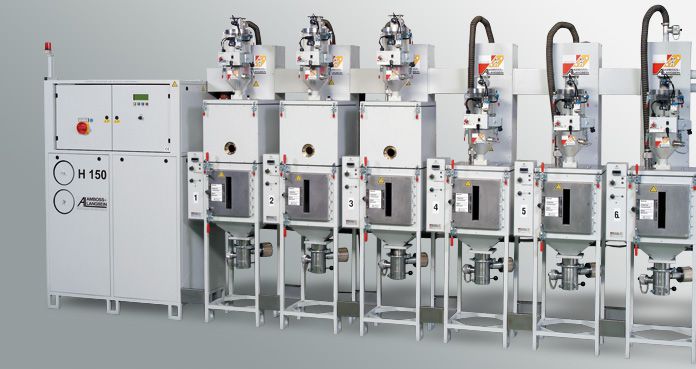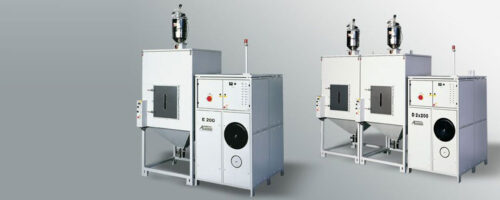Automatic PET Dehumidifier
Automatic PET Dehumidifier: Essential Solution for Efficient PET Processing
In modern plastic manufacturing, PET (Polyethylene Terephthalate) is one of the most widely used polymers, primarily due to its strength, lightweight nature, and excellent clarity. PET is widely used in the production of bottles, packaging films, containers, and other products. However, successful PET processing requires a crucial step—dehumidification—to remove inherent moisture before melting and molding. This is where the Automatic PET Dehumidifier plays a vital role.
This article delves deep into the functionality, advantages, technical features, and the role of automatic dehumidifiers in improving PET processing efficiency, quality, and cost-effectiveness.
Why PET Needs Dehumidification
PET resin is hygroscopic—it absorbs moisture from the air. If not properly dried before processing, this moisture reacts with PET during melting, leading to hydrolytic degradation. This results in:
-
Lower molecular weight
-
Brittle final products
-
Surface defects
-
Poor mechanical properties
-
Reduced transparency
Even 0.05% moisture in PET can result in substantial degradation. Hence, drying PET to a moisture level below 50 ppm (parts per million) is mandatory.
What Is an Automatic PET Dehumidifier?
A Sectional Dehumidifying Dryer is a high-efficiency drying system specifically designed to eliminate moisture from PET resins before they are processed in injection molding or extrusion systems. Unlike conventional dryers, these systems automatically adjust drying parameters based on resin moisture levels and environmental conditions, ensuring energy-efficient and reliable drying.

The system typically consists of:
-
Desiccant dehumidifier
-
Drying hopper
-
Closed-loop air circulation
-
Automatic control system
-
Moisture analyzer (optional)
Working Principle
The Automatic PET Dehumidifier functions in the following steps:
-
Air Drying and Heating
Ambient air is drawn into the system and passed through a desiccant bed that reduces dew point (typically -40°C or lower). This ultra-dry air is then heated. -
Drying Hopper
The heated dry air is blown through a hopper filled with PET granules. The dry air absorbs moisture from the pellets as it passes through. -
Air Circulation
Moisture-laden air is then returned to the desiccant bed, where the moisture is removed again, and the cycle continues. -
Regeneration Cycle
To maintain desiccant efficiency, an automatic regeneration cycle activates when needed, purging moisture from the desiccant using heated air. -
Auto-Control Adjustment
Sensors and control systems adjust drying temperature, airflow, and regeneration timing based on PET throughput and moisture content.






